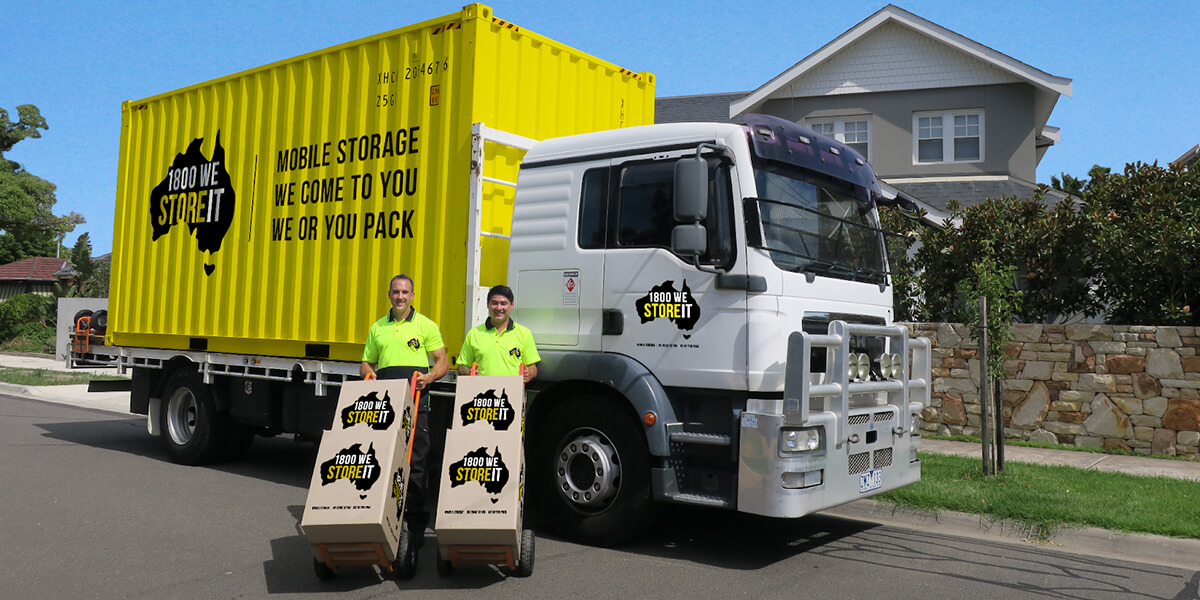Inventorying Your Storage: Tracking and Labelling Tips
Posted on 11 October 2024 | 4 minute read

Whether you are a homeowner expanding your storage space or a business owner taking advantage of affordable warehousing options, inventorying the items in storage can save you time, money, and stress.
This article explains why an inventory system is essential and provides practical tips on tracking and labelling to ensure you maximise space and that your belongings are always easily accessible.
Setting up a Self-Storage Inventory System
An inventory system you create from the start will make all your adventures in self-storage more straightforward and hassle-free. Use these tips to help you track every item in storage.
Choose an inventory management system: Depending on whether you are a business or a homeowner, your storage needs may be complex or straightforward. Select a system that suits your needs. A paper-based system or a spreadsheet could be all you need as a homeowner, while a business owner will require something more robust, such as a digital inventory management system.
Decide on categories: Organise your inventory in a way that makes sense for you or your business. Common approaches include:
- By item type
- By usage frequency
Create your master inventory list: Create a master list that includes essential information for each item, which could include:
- Product name
- Product ID
- Quantity in storage
- Item description
- Condition
- Quantity
- Box or container number
Implement a labelling system: A clear, consistent labelling system will help you locate items quickly.
- Use numbers or a colour-coded system
- Choose durable labels that won’t disintegrate during long-term storage
- Make labels that are easy to read
- Place labels at the same location on each box
- Number your boxes and link these to your inventory list
Establish storage policies: Setting universal policies for everyone will help maintain accuracy and discover discrepancies early on. Create procedures for receiving and storing new items and protocols for when they are removed, such as updating inventory records as soon as something is removed and ensuring that damaged items are disposed of appropriately.
Planning a Storage Space Layout
A well-laid-out storage container maximises space, ensures easy access, and prevents item damage. Use these tips to plan your storage unit layout effectively:
Draw a mud map: Before moving your items in, sketch a floor plan to allocate space more efficiently. A visual guide showing where everything is makes retrieval a lot easier.
Use vertical space: Use shelving or stack boxes vertically. Store lighter items on top and heavier ones on the bottom for extra stability. Consider keeping a stepping stool or ladder inside the unit for additional safety when accessing items at height.
Group similar items: Store items from the same room or category together. For example, keep all kitchen items in one place and bedroom items in another.
Place frequently used items at the front: Items you need to access more regularly should be stored towards the front of the unit, such as essential documents, seasonal clothing, or recreational equipment.
Use clear plastic bins: While cardboard boxes are suited for storage, clear plastic bins allow you to see what’s inside without opening the container or rearranging a stack of boxes to get at the one on the bottom.
Utilise furniture for extra storage: Hollow spaces in furniture like dressers and wardrobes are great for safely storing smaller items.
Protect your belongings: Use appropriate packing materials to protect fragile items from dust and damage. Cover furniture with plastic sheets or moving blankets so it doesn’t get marked or scratched. Pallets are excellent for ensuring air flow and protecting against moisture and condensation.
Be Consistent But Adaptable
Update your inventory regularly, maintain your labelling system, and be willing to adjust your organisation method as your storage needs evolve. With the right approach, you can save time, reduce stress, and ensure your stored items are always at your fingertips when needed.
Want to know more about your storage options? Call 1800 We Store It to chat with our friendly storage professionals, or visit our website for a quick quote.


